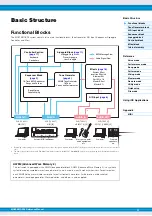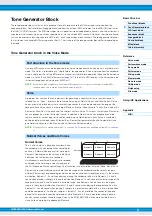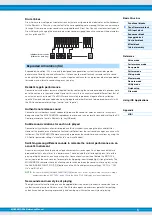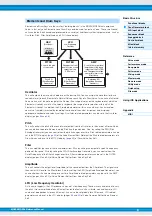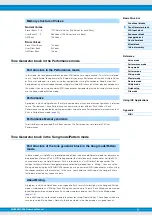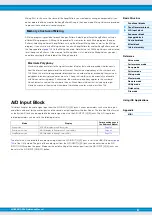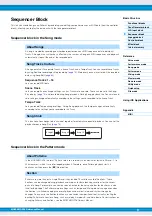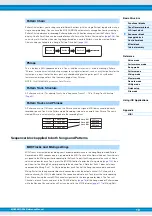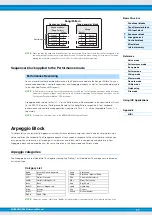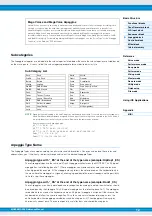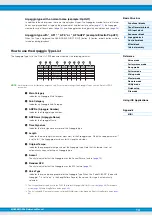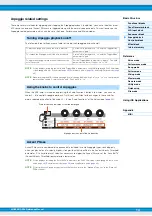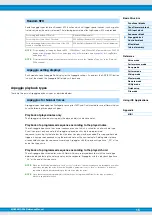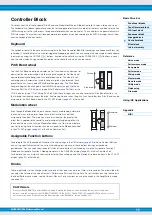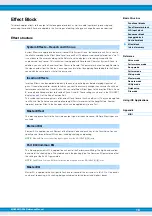
MOXF6/MOXF8 Reference Manual
6
Elements and Drum Keys are the smallest “building blocks” in the MOXF6/MOXF8 that comprise a
Voice; in fact, only one Element or one Drum Key could be used to create a Voice. These small sound
units can be built, enhanced and processed by a variety of traditional synthesizer parameters, such as
Oscillator, Pitch, Filter, Amplitude, and LFO (shown below).
Oscillator
This unit outputs the wave which determines the basic pitch. You can assign the waveform (or basic
sound material) to each Element of a Normal Voice or each Key of a Drum Voice. In the case of a Normal
Voice, you can set the note range for the Element (the range of notes on the keyboard over which the
Element will sound) as well as the velocity response (the range of note velocities within which the
Element will sound). In addition, the XA related parameters of this unit can be set. Each waveform
consists of sample(s) created by recording the sound of the actual instrument and assigning
appropriate keyboard and velocity settings. Oscillator related parameters can be set in the Oscillator
display (pages
and
).
Pitch
This unit controls the pitch of the sound (wave) output from the Oscillator. In the case of a Normal Voice,
you can detune separate Elements, apply Pitch Scaling and so on. Also, by setting the PEG (Pitch
Envelope Generator), you can control how the pitch changes over time. Pitch related parameters can be
set in the PITCH display (
) of the Voice Element Edit. Note that the Pitch related parameters of a
Drum Voice can be set in the PITCH display (
) of Drum Voice Key Edit.
Filter
This unit modifies the tone of the sound output from Pitch by cutting the output of a specific frequency
portion of the sound. Also, by setting the FEG (Filter Envelope Generator), you can control how the
Cutoff Frequency of the Filter changes over time. Filter related parameters can be set in the FILTER
display (pages
and
) of Voice Element Edit or Drum Voice Key Edit.
Amplitude
This unit controls the output level (amplitude) of the sound output from the Filter block. The signals are
then sent at this level to the Effect block. Also, by setting the AEG (Amplitude Envelope Generator), you
can control how the volume changes over time. Amplitude related parameters can be set in the AMP
display (pages
and
) of Voice Element Edit or Drum Voice Key Edit.
LFO (Low Frequency Oscillator)
As its name suggests, the LFO produces a wave of a low frequency. These waves can be used to vary
the pitch, filter or amplitude of each Element to create effects such as vibrato, wah and tremolo. LFO
can be set independently for each Element; it can also be set globally for all Elements. LFO related
parameters can be set in the LFO display (pages
) of Voice Common Edit or Voice Element
Edit.
Elements and Drum Keys
OSC
(Oscillator)
LFO
Low Frequency
Oscillator
PITCH
Controls the pitch
of the sound.
FILTER
Changes the tonal
quality of the sound
output from the
PITCH unit.
Waveform
(AWM2)
AMP
Controls the output level
(amplitude) of the sound
output from the FILTER
unit. The signals are then
sent at this level to the
Effect block.
Pitch EG
(Pitch Envelope
Generator)
Filter EG
(Filter Envelope
Generator)
Amplitude EG
(Amplitude Envelope
Generator)



